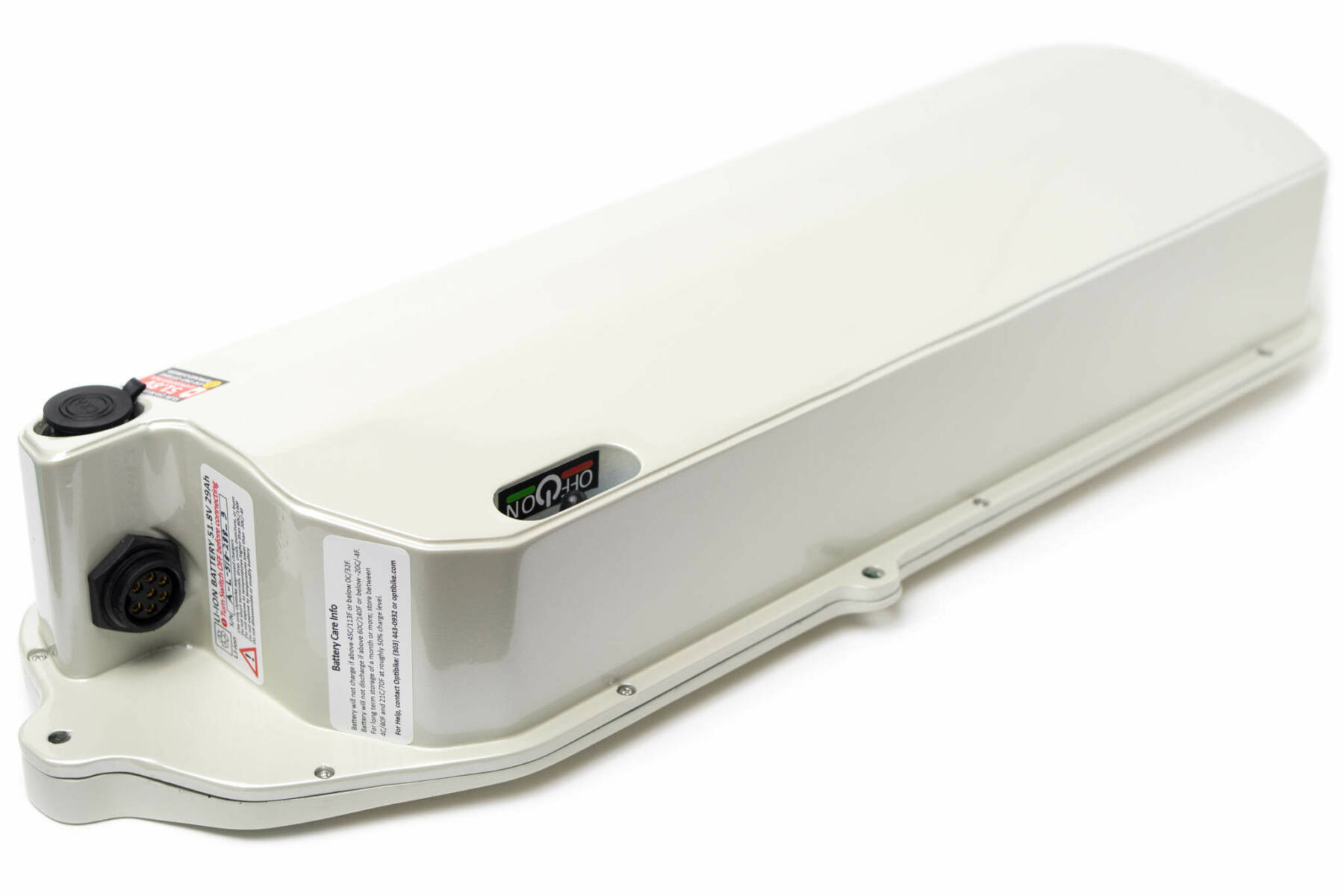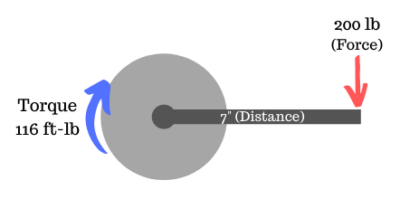What is the True Range of an E-Bike?
The actual range of an Electric Bike is not always what is advertised
When we speak of range we are collectively referring to how far an electric bicycle will travel before the battery runs out of energy.
Range is determined primarily by 6 factors
-
The speed the bike is traveling
- The weight of the rider
-
The combined aerodynamic drag of the rider and bike
- How much the rider is pedaling
- The grade of the terrain
-
The efficiency of the motor drive system
-
The energy capacity of the battery (measured in Watt Hours or Wh)
If factors 1 to 5 are identical, then range is solely a function of the energy capacity of the battery and the efficiency of the motor drive system.
Battery Capacity
Energy capacity of a battery is measured in watt-hours (Wh) and is a product of volts times amp-hours. For example, a 37 volt battery with 10 amp-hours has an energy capacity of 370 watt-hours. This means the battery can put out roughly 370 watts for 1 hour.
Our Optibike R15C has a 1500 watt-hour battery, which means it can give you roughly 1500 watts of assist for 1 hour!
For long range touring purposes, Optibike pioneered the use of Lithium-Ion batteries, with the some of the largest battery capacities available in an electric bike.
Motor Drive System
The efficiency of the motor drive system is also integral to electric bike range, all other factors considered equal.
A motor drive system transfers energy from the battery to the wheels propelling you forward. Optibike revolutionized motor drives with the introduction of its patented Motorized Bottom Bracket (MBB) system, extending electric bike range.
The MBB has the highest power to volume ratio of any drive system, and is combined with a patented Derivative Power Control (DPC) system. DPC allows you to have both high acceleration and high efficiency, further extending your range.






